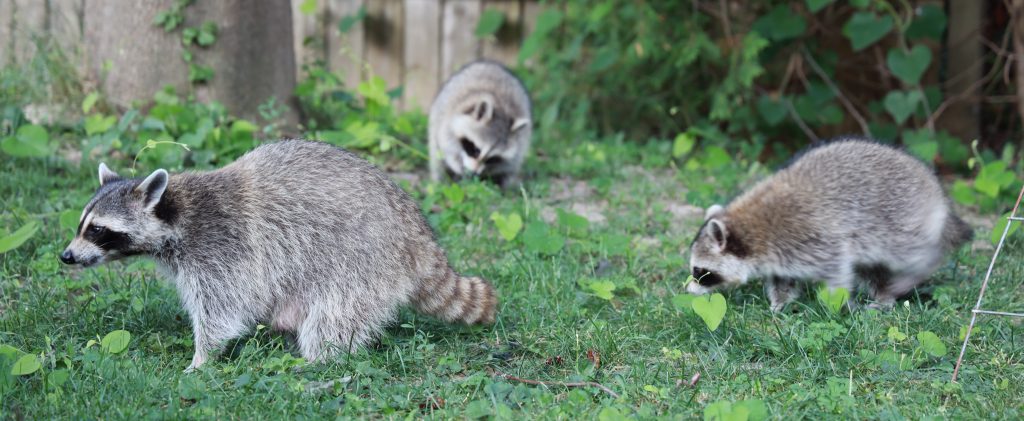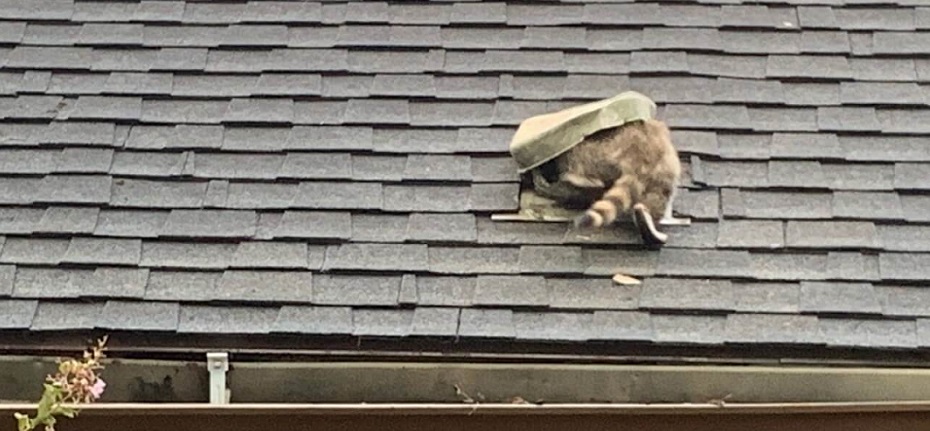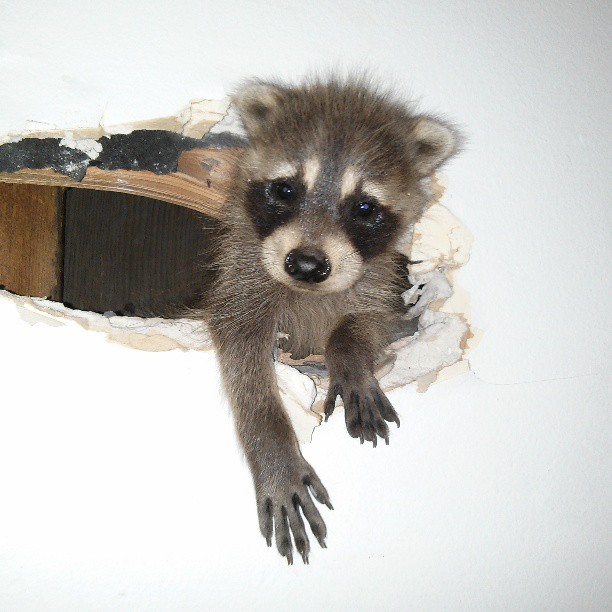Since 2020, more and more Canadians have been gardening. The highest gardening rate in Canada is in Saskatchewan, the lowest in Ontario. But Ontario has seen the highest increase of people gardening since the start of the pandemic along with the Atlantic.
During the pandemic, people started gardening as a hobby, to grow their own food, or make money. That trend has continued. While some people have stopped, it seems more people are committed to gardening in Canada.
Critter Control in Your Yard
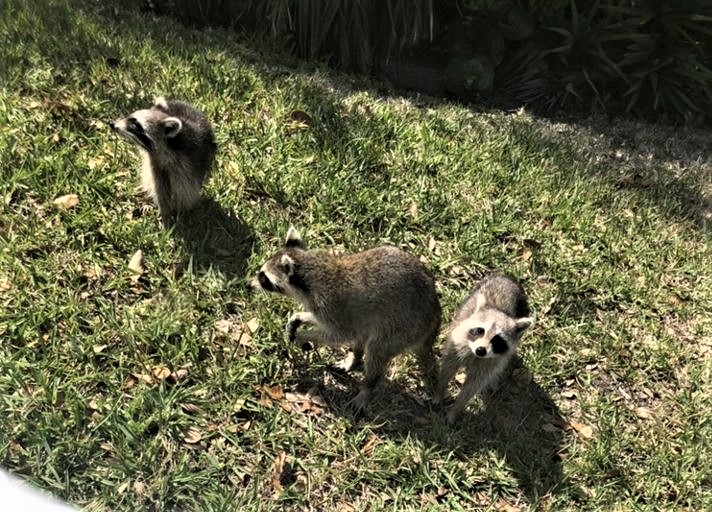
When people think about critter control, they usually imagine a raccoon or a squirrel trapped in an attic. Generally, nuisance wildlife is defined as an animal that causes property damage or presents a threat. Property damage includes more than just your home. It can apply to your lawn, garden, and landscaping.
Depending on where you live will determine which nuisance animals might invade your garden. Animals are attracted to gardens and yards because they provide food, water, and shelter. Groundhogs, moles, rabbits, and squirrels are attracted to what is growing in your yard. Some animals like skunks, opossums, and raccoons eat the insects in your garden. These animals dig in search of worms, grubs, beetles, bees, and other insects. Damage isn’t restricted just to eating.
Squirrels, raccoons, and porcupines strip the bark off of trees. Burrowing animals like groundhogs and moles can undermine physical structures by digging tunnels under them.
Protect Your Yard from Nuisance Wildlife
The most effective way to get rid of animals from your garden is to limit their access to resources. That means you need to either remove it or block it. Repellents work best if you use them before an animal problem starts. Most repellents require multiple applications.
Habitat modifications remove or limit the resources that are attracting the animal. Eliminating potential habitats like brush, debris, rock piles, and overgrown grass. Remove brush piles to limit available areas to create nests or dens. Storing pet food or birdseed inside. For vegetable gardens, harvest ripe fruits/vegetables and remove/dispose of any overripe fruits & vegetables that might have fallen onto the ground.
Humanely Keeping an Animal Out of Your Garden
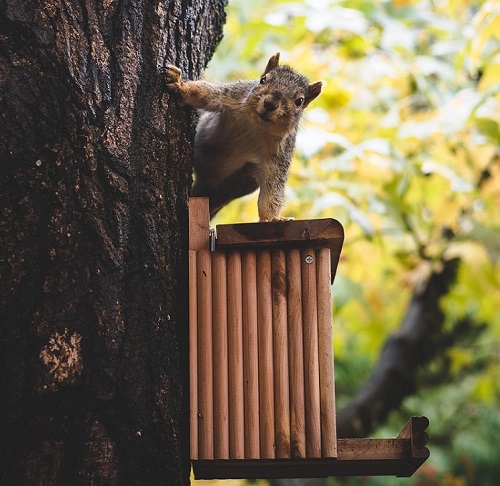
Exclusions prevent access for the animal. For example, installing animal-proof bird feeders, especially for raccoons and squirrels. Barriers or fences will keep an animal out of a specific area. They are not feasible for large areas. It is important to identify the nuisance wildlife before erecting a barrier. A deer fence needs to be tall enough to stop it from jumping over it. A rabbit fence is buried.
Fence Type by Animal Species
| Species | Fence Type | Material | Height | Depth |
| Chipmunk | non-electric | 6 mm hardware cloth | 75-90cm | Buried 15-60 cm |
| Pocket Gophers | non-electric | 6-12 mm hardware cloth | 30 cm | Buried 60 cm at least 15 cm bent away at 90° |
| Rabbits | non-electric | 2.5 mm hardware cloth | 60 cm | Buried 10 cm |
| Moles | non-electric | 5 cm hardware cloth or Sheet Metal | Not Applicable | Buried 30 cm |
| Woodchuck | non-electric | 30 cm hardware cloth | 120 cm with 30 cm overhang | Buried 30 cm |
| Deer | non-electric | Metal, Polypropylene | 2.5-3.5 m | Not Applicable |
Electrical Fences by Species
Electric fences act as behavioral deterrents. After touching the electric fence, animals will start to avoid the barrier. A properly installed electric fence will not injure, permanently damage, or kill an individual, pet, or animal.
| Species | Fence Type | Material | Height | Electrical | Depth |
| Raccoons | Electric | 30 cm hardware cloth | 30 cm | 1 strand 17 cm from top | Buried 5 cm extending 15 cm |
| Raccoons | Electric | 30 cm hardware cloth | 30 cm | 1 strand 25 cm from the ground | Buried 5 cm extending 15 cm |
| Woodchucks | Electric | 30 cm hardware cloth | 30 cm | 1 strand 15-20 cm from top | Buried 5 cm extending 30 cm |
| Deer | Electric | Metal, Polypropylene | 2.5-3.5 m | 2 strands 30 cm and 90 cm from the ground | Not Application |
Keep Your Garden Wildlife Free
Before your garden starts growing, make sure you are not inadvertently attracting animals.
- Keep a tidy yard clear of debris to limit possible nesting sites.
- Bring pet food inside overnight.
- Secure all garbage cans.
- Use a compost pile to discard any plant material.
After your vegetable garden starts producing, don’t attract animals.
- Harvest all ripe fruits and vegetables.
- Discard any vegetables and fruits off the ground.
Professional Wildlife Control
Occasionally, an animal infestation becomes too big to manage by yourself. Burrowing animals can especially be difficult to control. Woodchucks can dig burrows 1.8 meters deep and 6 meters wide. When your garden attracts animals, it can increase the risk of the animal getting into your home. Squirrels and raccoons look for safe places to give birth. Your attic has the ideal properties for a squirrel nest or raccoon den. At Critter Control, we can keep the animals out of your garden and protect your house from any nuisance of wildlife.
